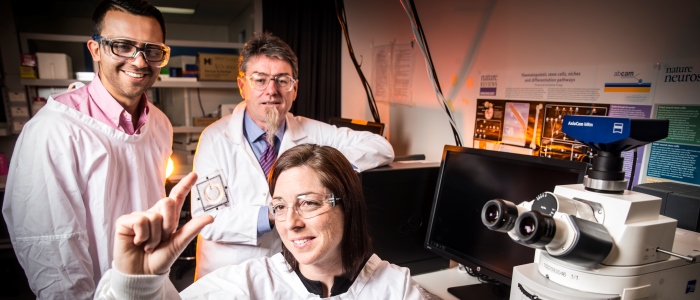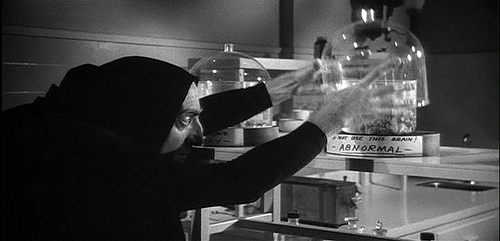It probably would be much easier to title this article saying that researchers from the ARC Center of Excellent for Electromaterials Science (ACES) at the University of Wollongong in Australia are one step closer to 3D printing a brain, but, while that may be, in a way, true, steps are insignificant when you are trying to replicate something that contains 86 billion neurons, interconnected by constantly changing synapses.
That said, what the Australian scientists have achieved, by imitating the cellular, layered structure of the brain through the 3D bioprinting of materials containing brain cells, is no less amazing and it will allow researchers and pharmaceutical companies to develop much more accurate lab tests for new drug development, without relying on often inaccurate animal testing.

The study, which was published on the Center’s official blog, has brought us closer to developing a functional “bench-top” brain that can accurately replica some of the properties of actual brain tissue and, thus, offer a significant contribution to researching, not only the effect of drugs, but brain disorders like schizophrenia and degenerative brain disease.
“We are still a long way from printing a brain but the ability to arrange cells so as they form neuronal networks is a significant step forward,” said ACES director and lead author of the study, Professor Gordon Wallace. He then went on to explain that it will enable important insights into brain function, in addition to providing an experimental test bed for new drugs and “electroceuticals”.
To create their six-layered structure, researchers developed a custom bio-ink containing naturally occurring carbohydrate materials. The custom materials have properties that allow accurate cell dispersion throughout the structure, whilst providing a rare level of protection to the cells. The bioink is then optimised for 3D printing and deposited in order for the cells to be “grown” in a standard cell culturing facility, without the need for more expensive bioprinting equipment.
The result is a layered structure like brain tissue, in which cells are accurately placed and remain in their designated layer. Further evolutions of this project will enable scientist to 3D print the brain cell bioink to an even finer resolution, with more advanced bioprinting equipment, thus acquiring even more control over layer disposition. Until that day, scientists will just have to rely on Young Frankenstein’s brain repository and trust their assistants not to drop the first brain.




